The Language of Flowers: A Victorian Art Still Relevant Today
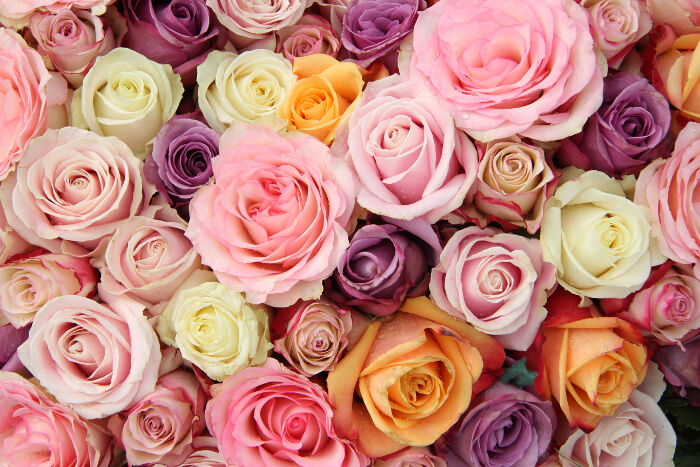
Despite being little more than the reproductive organs of plants, flowers have fascinated humans since we first developed the ability to distinguish colors and patterns. Few things in nature offer as much beauty packed into a small and easy to carry package. It’s only natural that flowers were some of the first forms of currency, items given as gifts, and sacrifices offered to the gods. With a keen sense of curiosity and a dedication to record keeping, the Victorians took the human fascination with flowers to a new level. Turn back the clock and discover where many of the pairs of flowers and their meanings we use today originated.
When Were the Victorian Times?
Despite a brief mention of the eras of recent history in elementary school, most people are still a little vague on exactly when the Victorian era took place. It takes its name from Queen Victoria of England, so naturally it began in 1837 with the beginning of her reign and ended after her death in 1901. Those 60 years were some of the most stable and peaceful years the island had experienced for centuries, so culture began to shift towards more intellectual and artistic pursuits. Rich English men and women found themselves with a lot of spare time on their hands, so diversions like developing a Victorian flower language were a good way to stay busy.

The Rise of Floriography
Of course, the careful arrangement of Lily of the Valley mixed with Baby’s Breath didn’t pop up overnight. The Victorians developed their love for flower meanings because it was an ancient tradition in the Ottoman Empire and other parts of the East, and England was conquering and trading with much of that region just as a lapse in major wars gave the upper class plenty of recreational time to spare. Since the social stratification and focus on respectability kept people from speaking openly to each other, giving small bouquets with secret messages was often the only way to be honest with each other.
These bundles of matching or contrasting flowers were called talking bouquets, nosegays, and tussie-mussies. You could wrap up a bundle of fresh rosebuds and a spray of Forget Me Not with a ribbon and hand it over to a suitor to express romantic interest without saying a word. If you were tired of getting marriage proposals from every lord with a manor, sporting a Hydrangea as a fashion accessory was a quick way to ward off unwanted attention. Some of the most common flower and meaning combinations included:
- Honeysuckle – The enduring bonds of true love
- Marigold – Grief and despair over a loss
- Rosemary – Remembrance
- Trumpet Flower – Social standing and fame
- Lupine – A voracious desire for something
- Mushrooms – Suspicions
- Pink Peonies – Feeling bashful and shy
- Dog Roses – The contrast of pleasure and pain
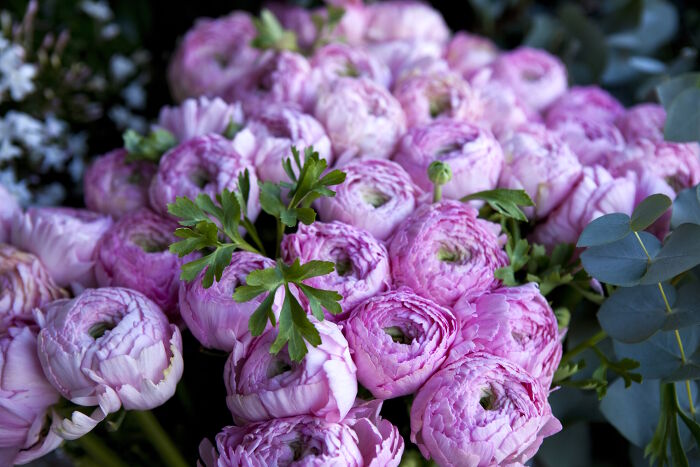
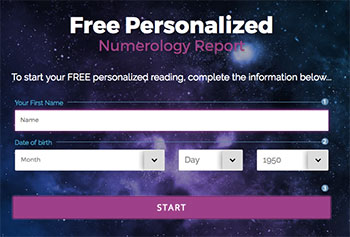 Do you want to have more success and joy in your life?
The best way to do this is by learning more about your name through numerology. It is a 4,000 year-old science that can help you learn the meaning of your name, because your name was no accident! All it takes is your name and date of birth, click here to get your free personalized numerology reading.
Do you want to have more success and joy in your life?
The best way to do this is by learning more about your name through numerology. It is a 4,000 year-old science that can help you learn the meaning of your name, because your name was no accident! All it takes is your name and date of birth, click here to get your free personalized numerology reading.Modern Usage
We still use many of the same meanings the Victorians created years ago, but some flowers have changed meanings. Modern interest in the old-fashioned forms of flower communication peaked with the release of the novel named “The Language of Flowers” by author Vanessa Diffenbaugh and similarly themed romance novels. While Diffenbaugh’s story follows a young girl who overcomes her issues with the help of communication through floral arrangements, she also published a matching Language of Flowers dictionary to satisfy the curiosity of readers who wanted to know more. Now you can find hundreds of websites and books outlining the various differences in meanings between different colors of roses, tulips, and other favorite Victorian flowers.
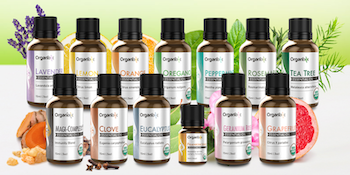 Do Your Essential Oils Pass the "Triple Purity Test"?
Discover How to Protect Yourself and Your Family from the 4 Shocking Ingredients Lurking in Most Oils. The essential oils that are in your home right now could be doing more harm than good. As you’re about to find out, it’s a chance you probably don’t want to take. Here’s Why: New research shows all essential oils are NOT the same. Believing that they are could deliver very negative consequences. Even worse, the less-than-pure ingredients being found in some oils could completely eliminate their health benefits altogether and could even leave you worse off than when you started!
Do Your Essential Oils Pass the "Triple Purity Test"?
Discover How to Protect Yourself and Your Family from the 4 Shocking Ingredients Lurking in Most Oils. The essential oils that are in your home right now could be doing more harm than good. As you’re about to find out, it’s a chance you probably don’t want to take. Here’s Why: New research shows all essential oils are NOT the same. Believing that they are could deliver very negative consequences. Even worse, the less-than-pure ingredients being found in some oils could completely eliminate their health benefits altogether and could even leave you worse off than when you started!
>>Click Here To Learn More And Find Out About Organixx Essential Oils
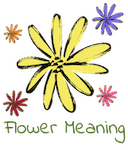
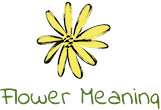
Leave A Comment